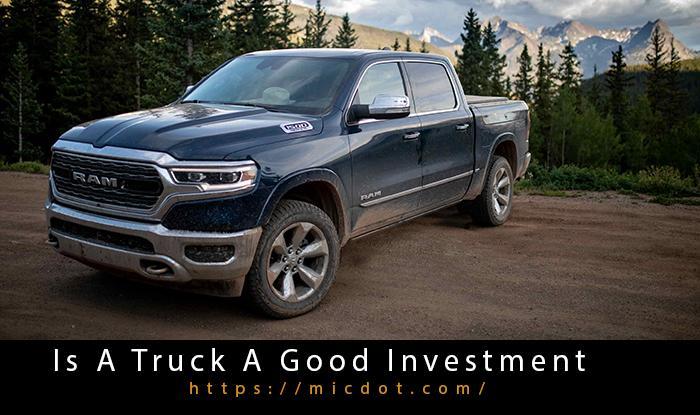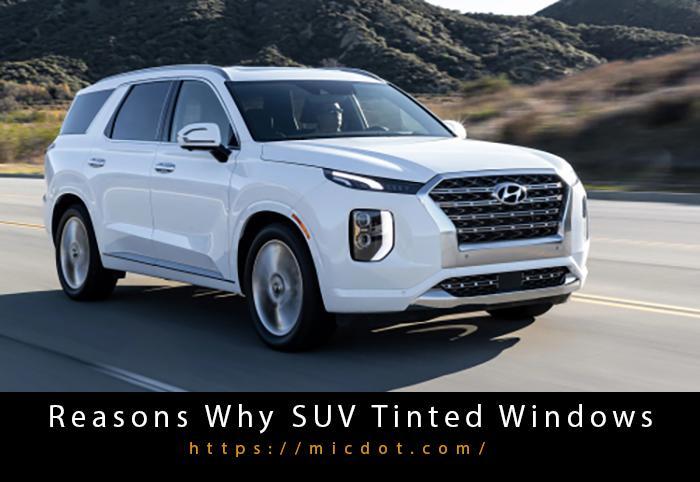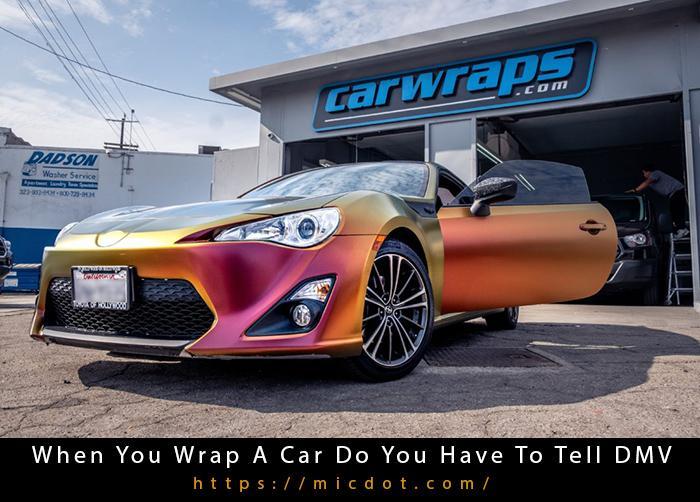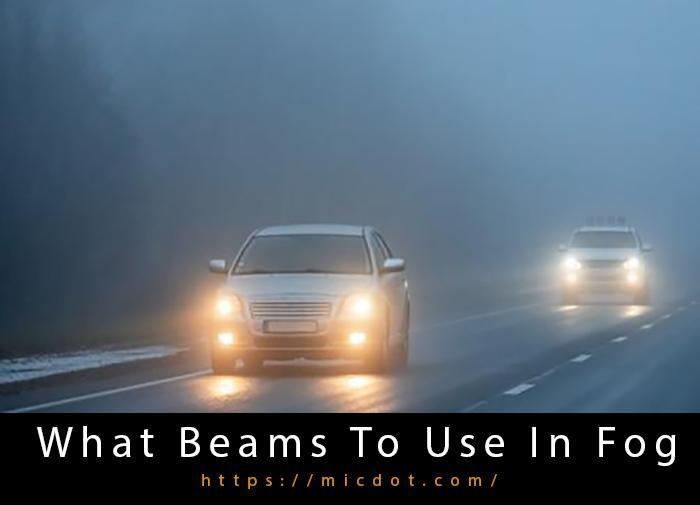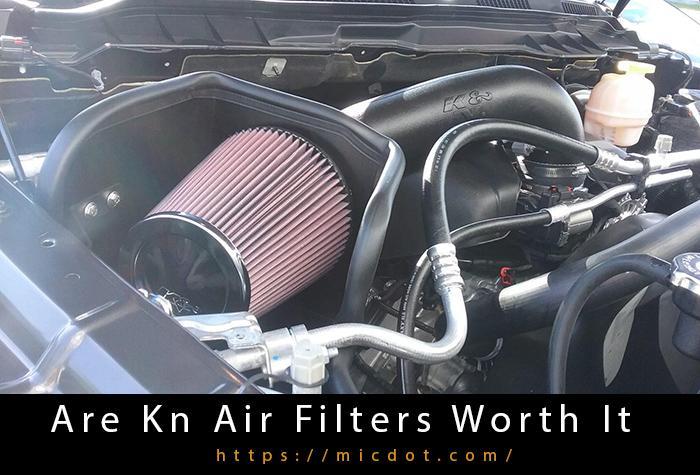Now that there are different kinds of automatic transmissions, they are slowly but steadily becoming more popular in India. We can thank traffic and technology for the change.
- 5 Reasons For Subaru Outback Flashing Brake Light And How To Fix It Updated 04/2024
- Limited Period Allure Edition Swift Dzire Launched Maruti Updated 04/2024
- Ammonia in a Gas Tank: What REALLY Happens? Updated 04/2024
- AC Low Side Pressure Too High Updated 04/2024
- What Is the Normal Coolant Temperature For A Car? Updated 04/2024
We’re all looking for ways to get out of the traffic, which is getting worse. Now that technology has improved, we can expect automatic transmissions to work pretty well.
You Are Watching: Automatic Transmission Types Updated 04/2024
Another big difference between automatic and manual cars was how well they used gas. Today, they either beat or match the km/l of their manual siblings.
There are basically five types of automatic transmissions
Torque Converter
Transmission that changes all the time
Transmission with two clutches
Automatic Manual Gearbox
Koenigsegg’s Light Speed Transmission
Torque Converter

These are the oldest of the lot. They are also called “slushboxes” or “conventional automatics,” and they are the ones who ruined automatics for India.
They take power away from the engine in two ways: 1) they are heavy, and 2) they send power through the fluids. Getting fluids to move is hard, so it got the name “slushbox” because of how hard it is to use.
The whirlpool makes the turbine turn, and a friction clutch sends the power to a normal set of gears.
They stand out in heavy-duty situations because the toroidal motion of the transmission fluid can move the car up a hill with a full load on it. They are also called “torque converters” because they can send more power to the wheels to get them moving.
They have been around for most of the last hundred years. The main part of the torque converter is the fluid coupling, which keeps gears from rubbing against each other and keeps the automatic transmission from wearing out as quickly. If you make sure to change the transmission fluid on time, you should be able to keep the car for more than 5,00,000km.
Fuel Efficiency: 6/10 7/10 for drivability 9/10 for reliability Honda Brio, Toyota Corolla Altis, and Hyundai Grand i10 are some examples.
Continuously Variable Transmission
CVTs are still pretty new, so they haven’t been around long enough to show how reliable they are. In a continuously variable transmission, there are no gears, but a belt connects two pulleys.
The variation in engine speed and wheel speed is managed using thepair of pulleys that can change their diameter. This lets the car have an infinite number of ratios that keep changing all the time. The name “continuously variable transmission” comes from this.
Engines that use fuel to run aren’t very good. They offer their best efficiency (and longevity), best acceleration (power) and best hauling ability (torque), at three different RPMs. This is where the CVT really shines. It gets the engine RPM to where it needs to be based on the situation and keeps it there so the driver gets what he wants.
This is also where the CVTs stutter because of the infamous ‘rubber band’ effect. Say you’re driving at 80km/h with the engine speed at 2000RPM and you decide to put the pedal to the metal. The engine will first reach its performance RPM zone while the ratios are lowered to keep the speed and keep the belt from breaking.
Read More : Preliminary Assessment Of 2020 Ford Explorer Updated 04/2024
Then, the transmission will slowly change the gear ratios to give you the speed you asked for earlier. Yes, most CVT gearboxes have this initial lag, or what most people call the “rubber band effect.” People who want a lot of speed haven’t bought it because the engine speed went up without the actual speed changing much.
The best thing about CVTs is that they use very little gas and are very light. Since gear ratios aren’t set, you’re always in the most efficient rpm. In some cases, a vehicle with a CVT can get better gas mileage than the same model with a manual transmission.
When compared to Slushy, the transmission fluid needs to be changed about every 50,000 km. Aside from that, they don’t need major repairs for up to 200,000 km. The latest i20 from Hyundai came out with a CVT automatic gearbox.
Fuel Efficiency: 10/10 7/10 for drivability Reliability: 7/10 Examples: Nissan Micra, Maruti Suzuki Baleno, Honda City
So, that’s how a CVT gearbox works in general. A CVT gearbox can be further broken down into two types:
Belt-type CVT
Belt types “Push-type” is another name for CVT. In this, the belt is squeezed between the pulleys with as much as four tonnes of force. The pulleys then move the belt through its full circle. Depending on the size of the engine, the compression loads on each plate of the belt will be different. But it’s quite high; a small four-cylinder engine starts at 550 kg.
This system’s weakness is that it can’t handle a lot of torque. The clamping force is so strong that a big, powerful engine could break the belt.
CVT chain-type
This one works the same way as the one above, but it has a chain instead of a belt (usually made by German manufacturer, Luk). The chain is held together by a bunch of pins, and it also gives the pulleys a place to touch. Since the engine pulley moves the chain through the circuit, this type of CVT is also called a “pull type” CVT. When it comes to high-power engines, chain-type CVT is a good way to handle torque. This type of CVT system is used in the Audi A4.
Dual-Clutch Transmission

This is for people who only care about speed and how fast they can go from 0 to 100 km/h. With a manual transmission, not even Michael Schumacher can match the speed of a car with a dual-clutch gearbox.
There are two clutches: one for gears with even numbers and one for gears with odd numbers. When you go up a gear, you lose power every time you change gears. This problem is solved by the twin-clutch system, which keeps the next gear ready to be engaged.
So, when you’re in first gear, the clutch is already engaged and the transmission is ready to move the car to second gear. When you’re in second gear, the odd clutch for third gear is engaged and ready to go. Just let go of the even clutch, and you’re ready to move up a gear.
Automatics with two clutches are technically called automated manual transmissions (AMT). Dual-clutch automatics are different in that they have two clutches instead of one.
These are very advanced and need a lot of money to research, so they are very expensive. Dual-clutch transmissions are used most often in Volkswagen Group cars because they make for a thrilling drive and an incredibly fast start. Of course, their punchy enginesalso co-operate.
But they don’t do well with too much torque. That’s why high-performance cars like the Audi RS7 and Lamborghini can’t use twin-clutch gearboxes, even though they are more responsive.
Fuel Efficiency: 8/10 10/10 for drivability 6/10 for reliability Ford Figo, Volkswagen Polo GT TSI, and Ameo are all cars.
Problems with DSG gearboxes:
DSG gearbox is great to use, but because it is so complicated, it can sometimes cause problems. Various automatic transmissions have their unique problems. Here are some problems that some DSG transmission owners have had:
Read More : Are You Allowed To Have Tinted Windshield And Windows In Vermont? Updated 04/2024
1) Mechatronic Failure: Only the twin-clutch gearbox has a mechatronic unit, which sometimes breaks. When this happens, the car goes into limp mode, and as a safety measure, it often gets stuck in one gear. Fixing the problem is as easy as replacing the clutch pack or resetting the adaptation with a diagnostics tool. But sometimes, the damage can be severe and requires complete replacement of the mechatronic unit.
2) Juddering at idle: A worn-out flywheel can cause the car to vibrate and shake when it’s at idle. The flywheel makes the gear changes smoother and the ride more comfortable. When the flywheel wears out, it can be hard to change gears. If this problem is found, it’s best to replace the flywheel because the extra stress could damage the parts inside the DSG gearbox.
3) Worn Bearings: The inside of a DSG gearbox is pretty strong, so if the transmission makes a metallic noise, it’s probably because the bearings are worn out.
Automated Manual Transmission
AMTs were made because automatic cars needed to be cheaper and use less gas. The first car in India to have an AMT was the Maruti Suzuki Celerio, and the market welcomed them with open arms.
This caused a whole bunch of AMT cars to come out. Tata Zest, Nano,Renault Duster, Maruti Alto K10, Swift Dzire now offer AMT. But believe it or not, AMT gearboxes have also been found in BMW M performance cars in the past. Nissan Terrano just came out with an AMT gearbox.
AMT transmission is quite simple and affordable. If something goes wrong, they are also not very expensive to fix. Their number one goal is to save fuel, and they do it.
AMTs are the newest vehicles to come to India, and nobody knows what our traffic and weather can do to them. People have different feelings about how an AMT car feels to drive. They take a long time to respond, and you can’t drive through gaps in traffic like you can with a manual. You can’t “dumpn jump” because you can’t reach the clutch lever. The gear selection tuning gives priority to the fuel-efficiency, so you’ll always find yourself in a higher gear.
Even so, it’s easy to cruise in automatic mode. To get the most out of an AMT, switch to Tiptronic mode and choose the gear ratios yourself. The car will take care of whether the revs are too high or too low. This makes it a lot easier to live in, especially if you can’t drive a stick shift. Sales are going very well for Kwid AMT.
Fuel Efficiency: 9/10 Driving: 6 out of 10 8/10 for reliability Examples: Tata Nano, Renault Duster,Maruti Suzuki Alto K10, Swift Dzire
Koenigsegg Light Speed Transmission
A hypercar needs a different kind of transmission than a regular car. The gearbox should be light, be able to handle a lot of torque, and change gears quickly.
Because of these problems, Koenigsegg made its own transmission system, which it calls “Light Speed Transmission.” The first generation of Jesko’s hypercars used a DCT transmission, but the 2019 model has so much power that it needs a more durable transmission for 1600 Nm of torque.
Just think about it: V8-powered Ferrari, Lamborghini, or McLaren supercars make less than 800 Nm of torque.
Koenigsegg Light Speed Transmission is lighter that DCT gearbox, has integrated starter motor, clutches, and flywheel. And it weighs just 90 kg. It also has the advantage of being able to change gears quickly. This makes it lightning fast, that’s how it gets its name.
Christian von Koenigsegg said, “It’s simple in a lot of ways. We have eight motors and eight sensors for measuring pressure. One for each hydraulic clutch. There are seven clutches, but the electronic differential adds an eighth. This is something we kept from the Agera RS. On three shafts, there is one actuator for the reverse gear and six actuators for the forward gears. So, each shaft has two clutches. This means that you can mix and match three gears in pairs.
What’s The Best Automatic Transmission?
India has a lot of cars that drive themselves. So, what kind of transmission do you want? The normal automatics have a lot of torque to play with. Over the years, standard torque convertor gearboxes have come a long way. Most torque convertors today are very easy to drive. The Dual clutch gearbox can change gears faster, but the torque convertor is the most reliable.
They aren’t terrible to drive, but they don’t get very good gas mileage. Transmissions with two clutches are for Mr. Lap Time. The fuel efficiency is also pretty good, but they have had trouble with the weather in India. It is a complicated system with a lot of moving parts and mechatronics, so it costs a lot to fix them when they break.
AMT gives you the fun of driving an automatic while keeping the mechanics simple. Green Goblins can be happy that their fuel efficiency has gone up and is now the same as that of their manual counterparts. Be ready to move over for other cars because you won’t be able to drive as well and will often be in the wrong gear at the wrong time.
The Koenigsegg Light Speed Transmission hasn’t been properly tested in the real world and on a large scale yet. This simple solution looks great on paper, but it hasn’t yet made its way into regular cars.
Overall, the best type of automatic seems to be the CVT, which doesn’t do particularly well in any area but doesn’t do very badly in any area either. It has a good balance of being efficient, easy to drive, and reliable. Just don’t expect to be first when the lights turn green because they’re not made to handle a lot of power. Now you know what to say when someone asks, “What are the different kinds of automatic transmissions, and which one is the best?”
What’s better? CVT or DSG Gearbox?
CVTs are the best when it comes to being smooth and reliable. DSG gearboxes let you change gears quickly and drive faster.
Sources: https://micdot.com
Category: Vehicles



